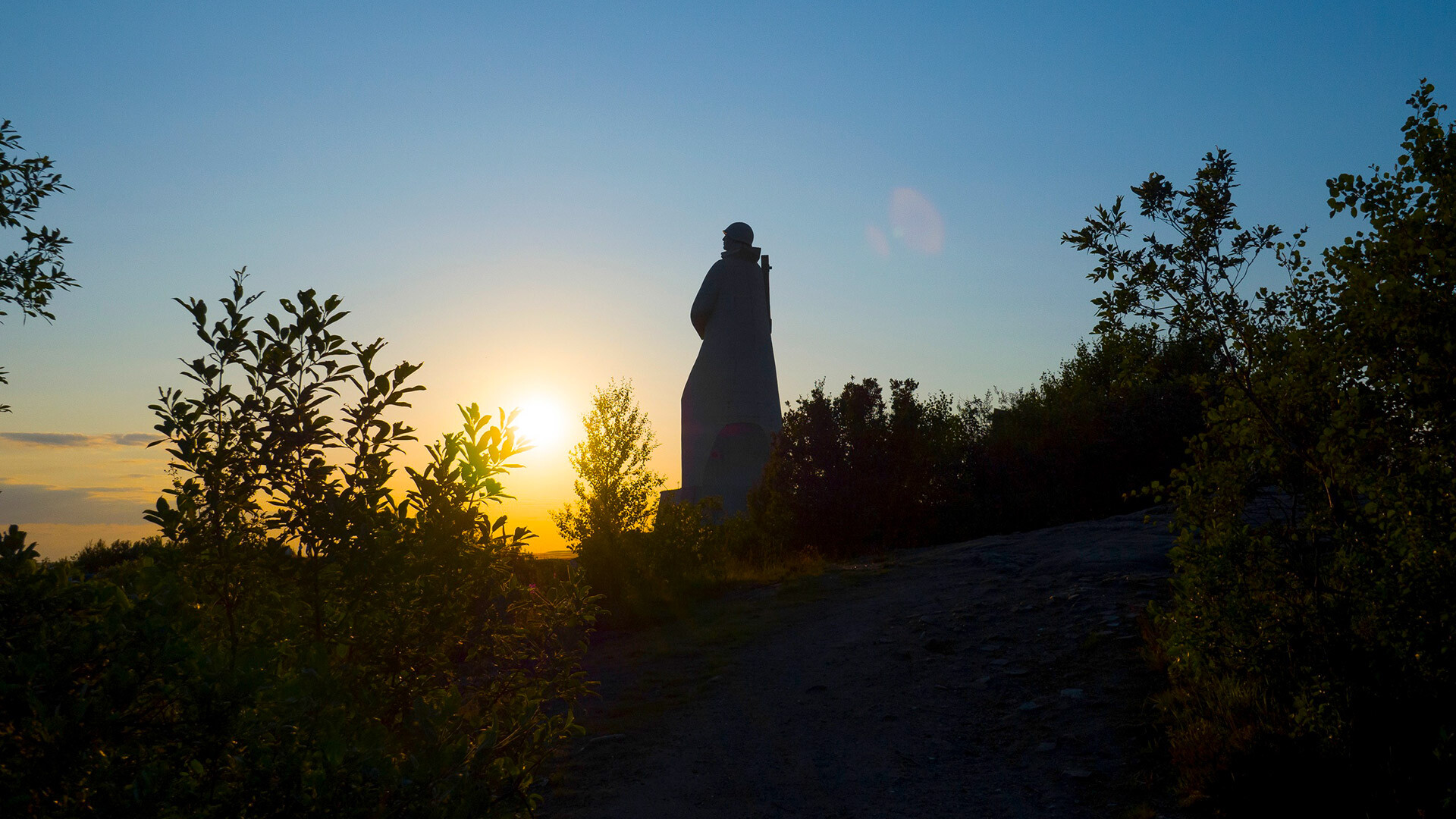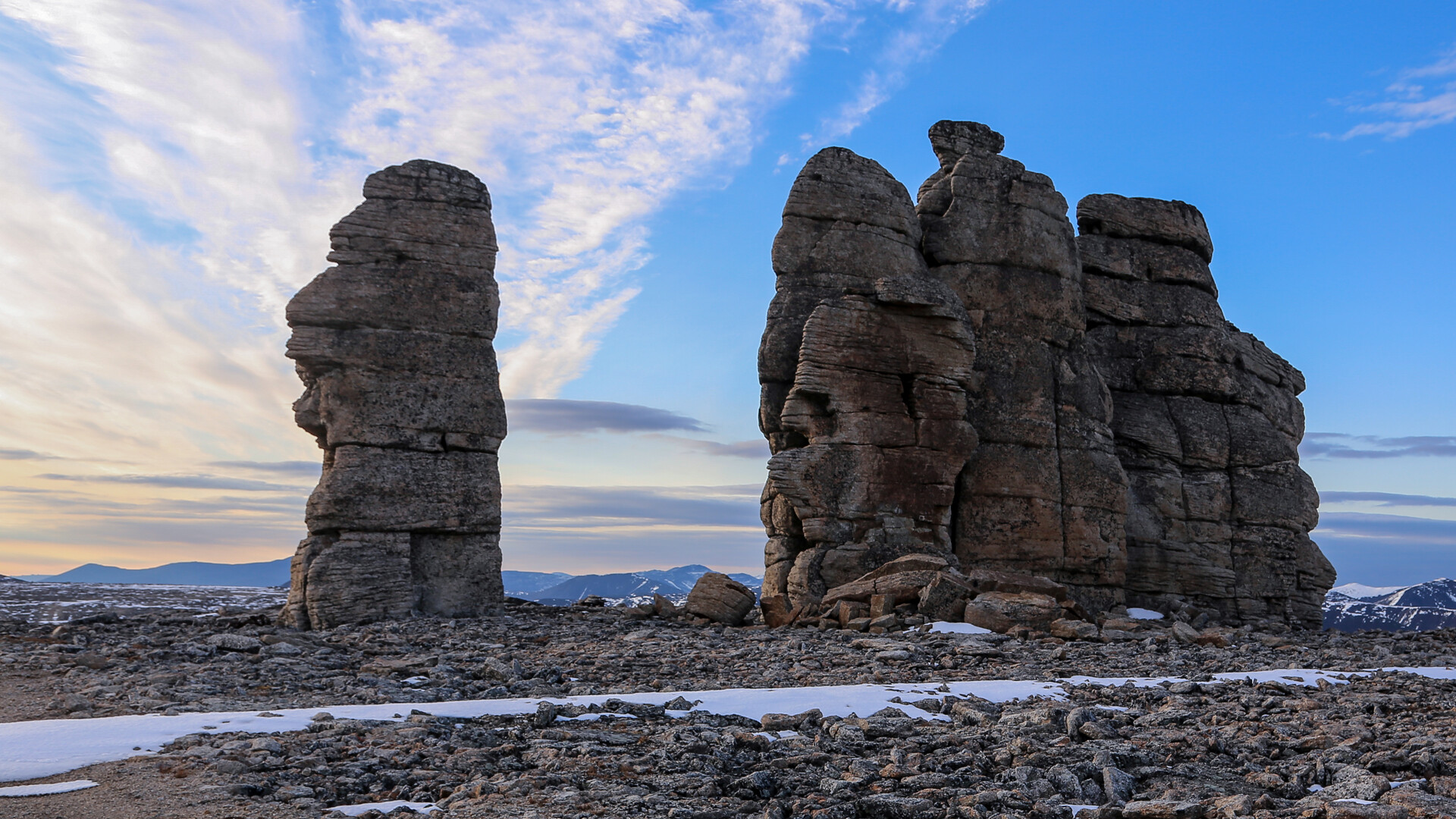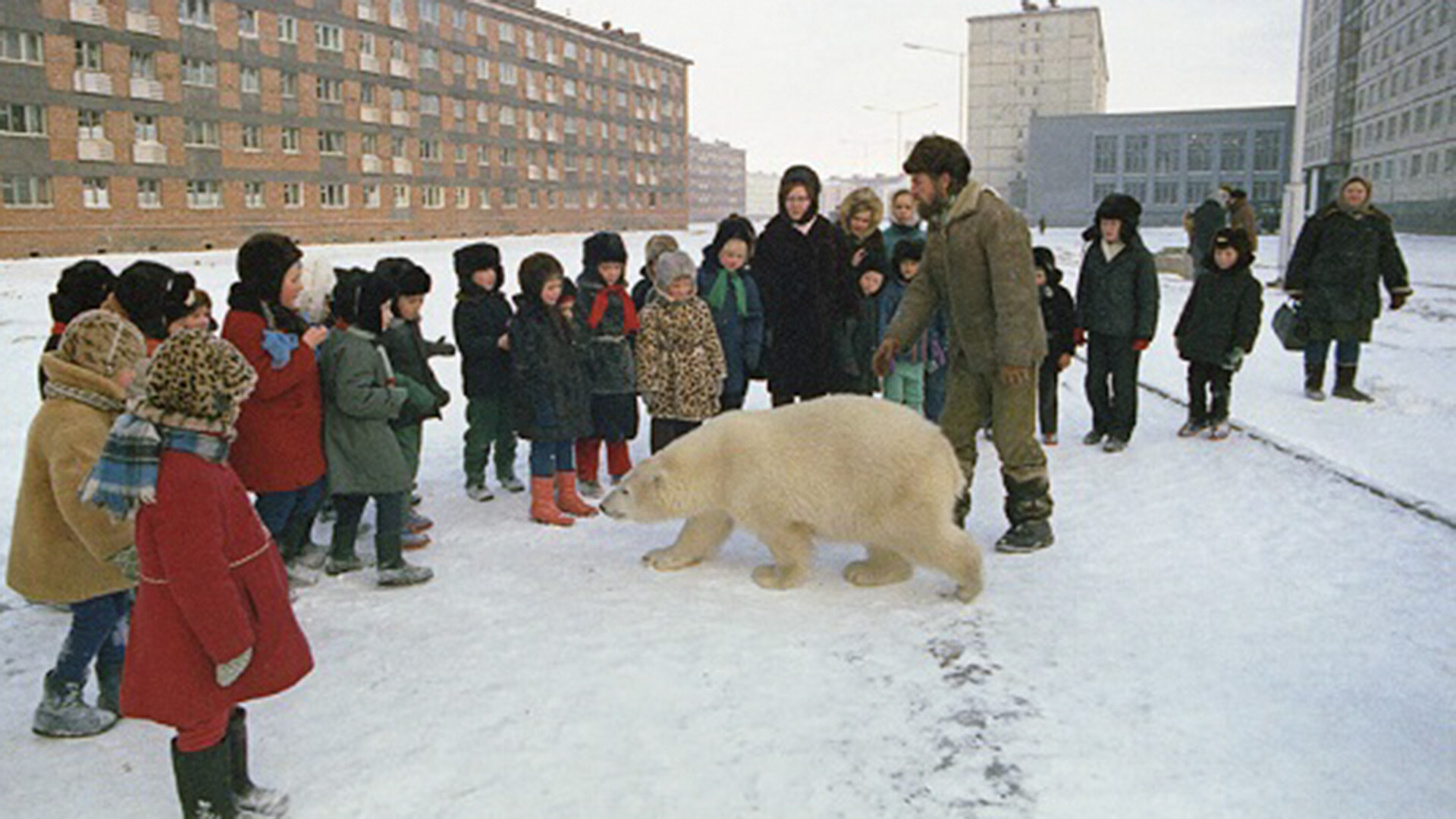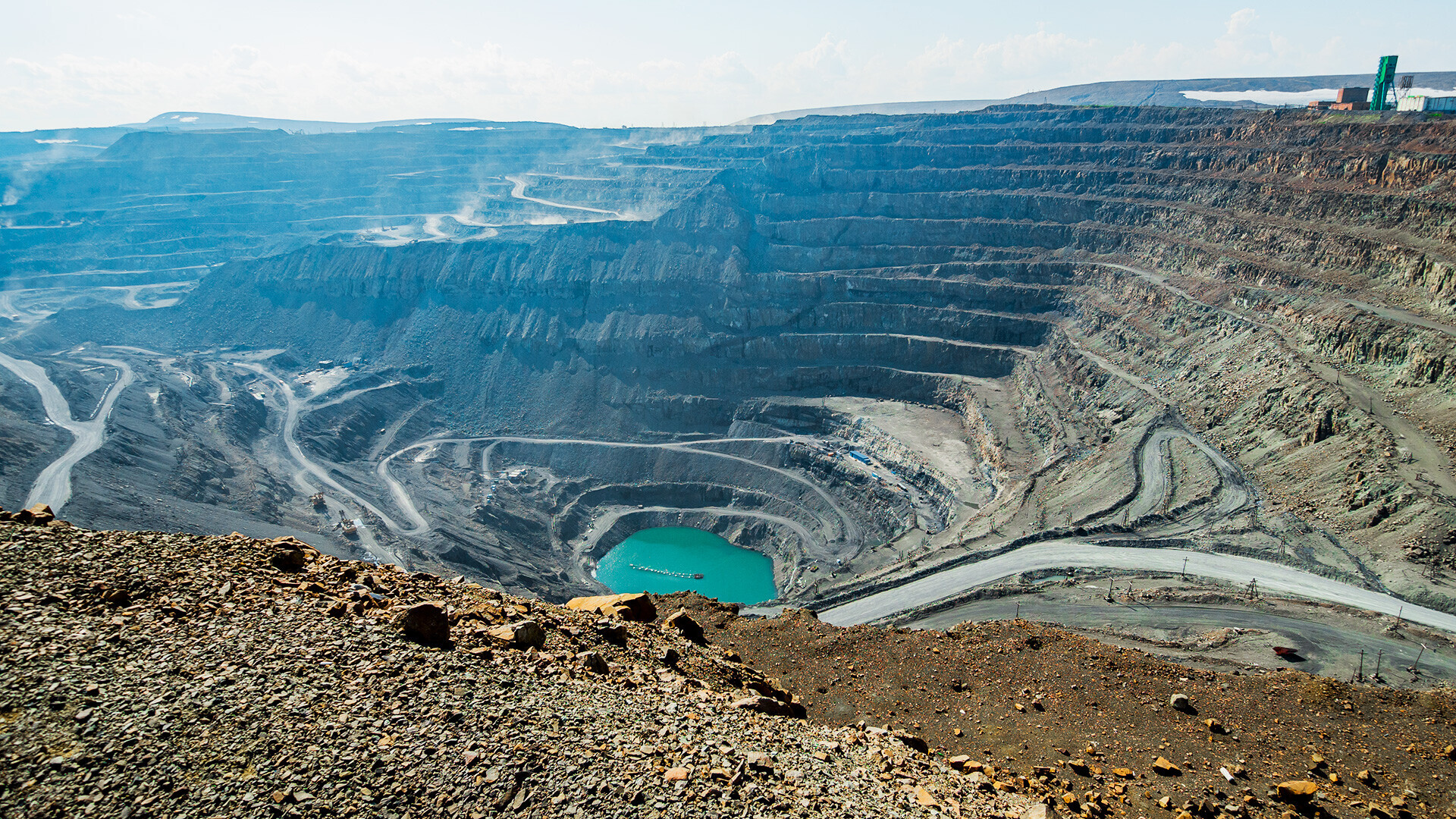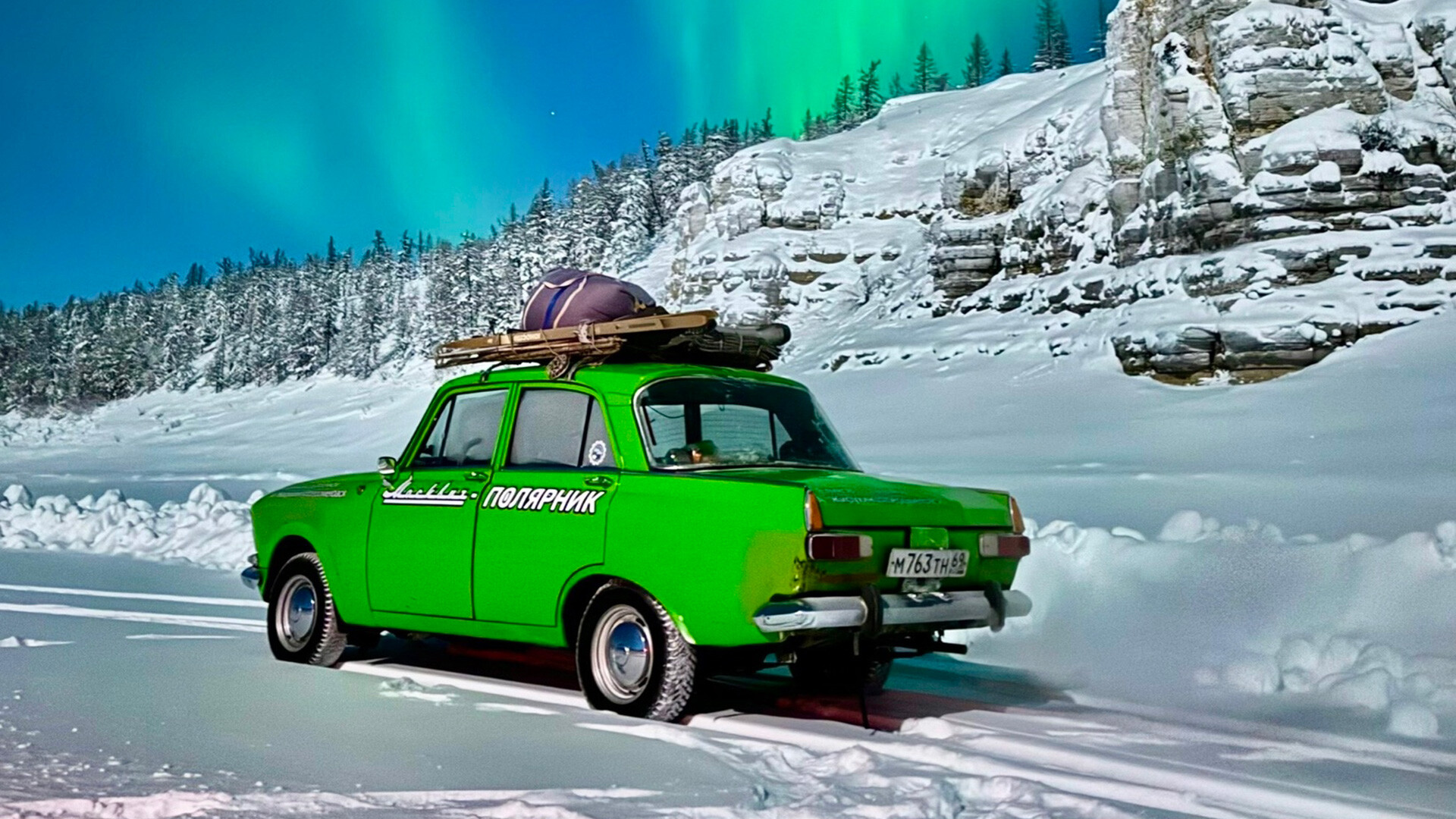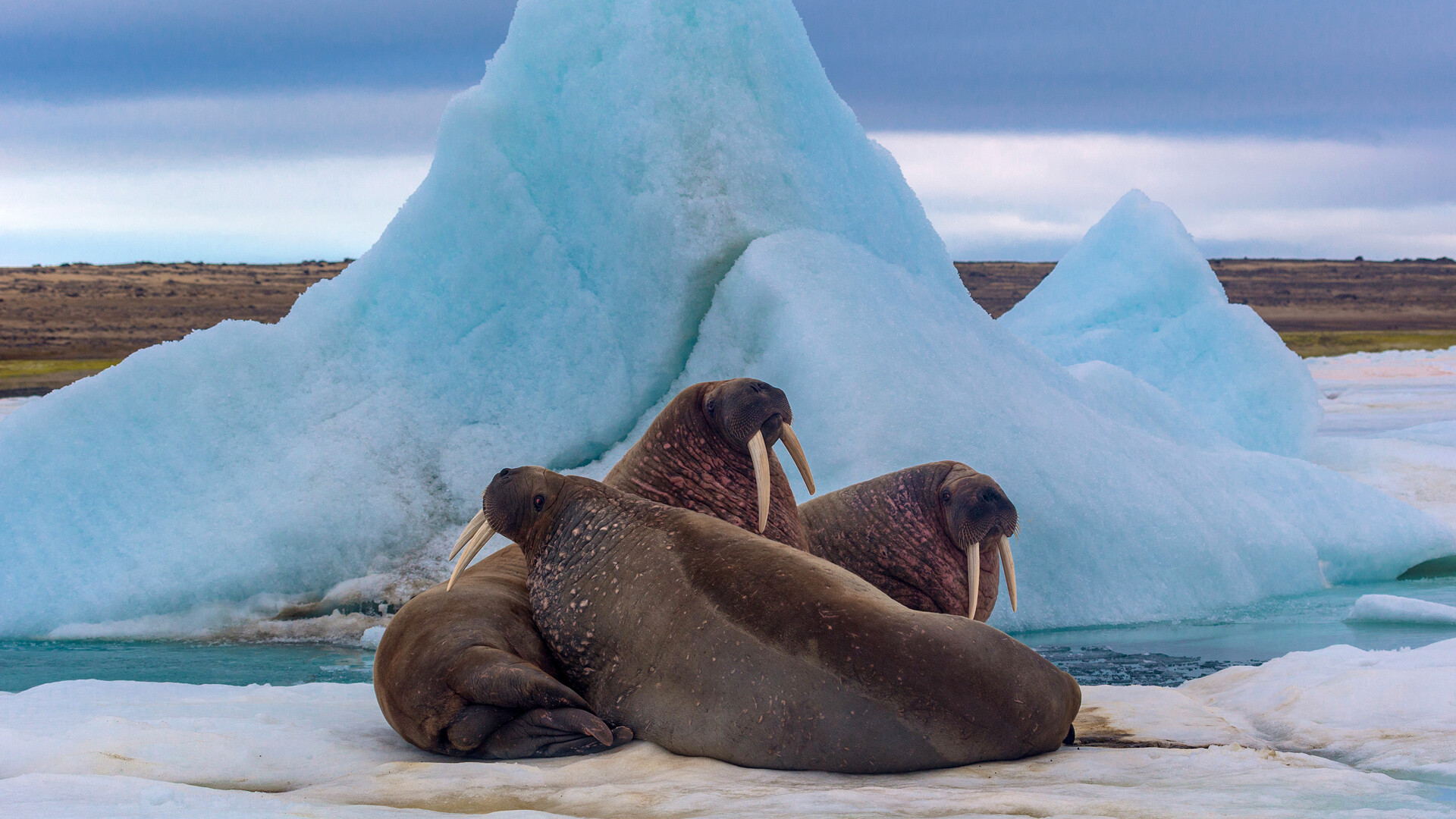
How is a Polar Day different from the White Nights?

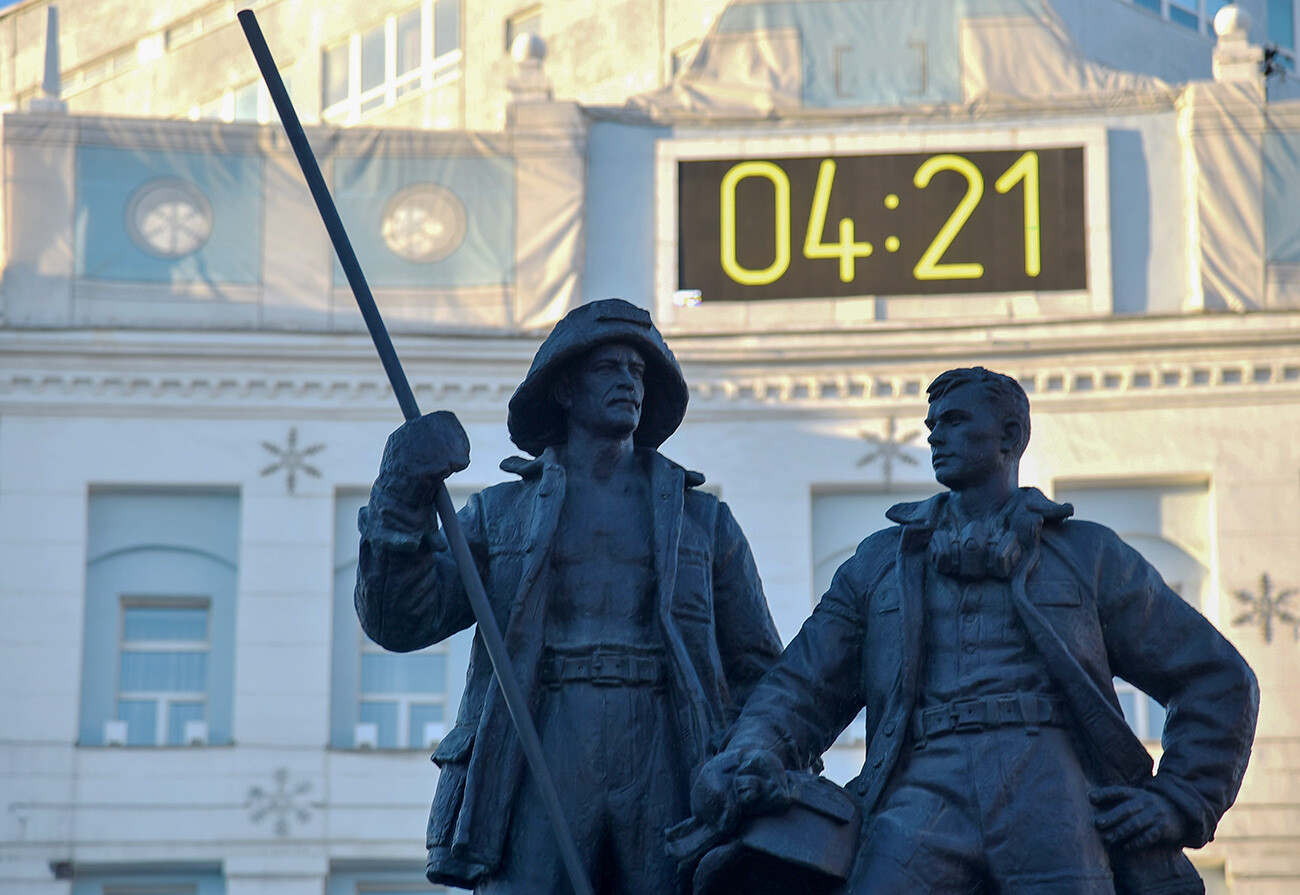 Polar Day in Norilsk.
Polar Day in Norilsk.
The main difference between these natural phenomena is that, during a polar day, the sun doesn’t set behind the horizon at all. It usually occurs at latitudes above the Arctic Circle (66°33’) and, the closer to the pole, the longer the polar day lasts. In Norilsk (69°20’), the sun does not set for 68 days, from May 19 to July 25. In Murmansk (68°58’) - 62 days, from May 22 to July 22. In one of the northernmost settlements in the world, Dixon (73°30’) - from May 5 to August 10. In Salekhard, which is right on the Arctic Circle, from June 7 to July 7.
 Polar Day in Norilsk.
Polar Day in Norilsk.
However, during the White Nights, the sun does go a little over the horizon and you can observe the twilight – or White Lights – between sunset and sunrise. They occur at latitudes above 60°34’. In Yakutsk (62.0°) it begins in mid-May and lasts until July. In Arkhangelsk (64.5°) from May 17 to July 26. There are also white nights in St. Petersburg (from June 11 to July 2), although, geographically, it’s a bit too south.
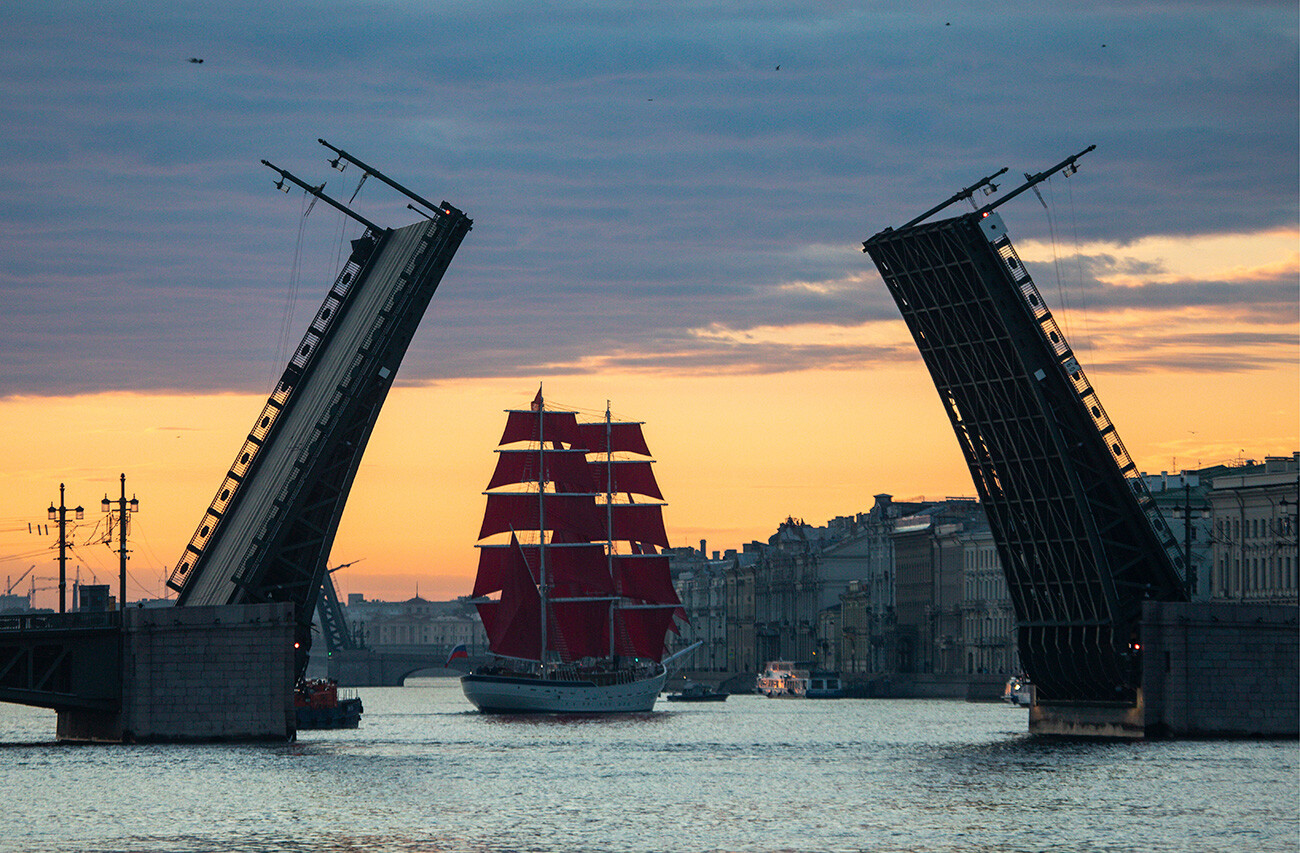 White Nights in St. Petersburg.
White Nights in St. Petersburg.
The main thing is that northerners also experience White Nights in the Arctic before and after the polar day. Thus, in Norilsk and Murmansk, they last for almost a month on either end. In Dixon - from March 18 to September 27, with a Polar Day break.
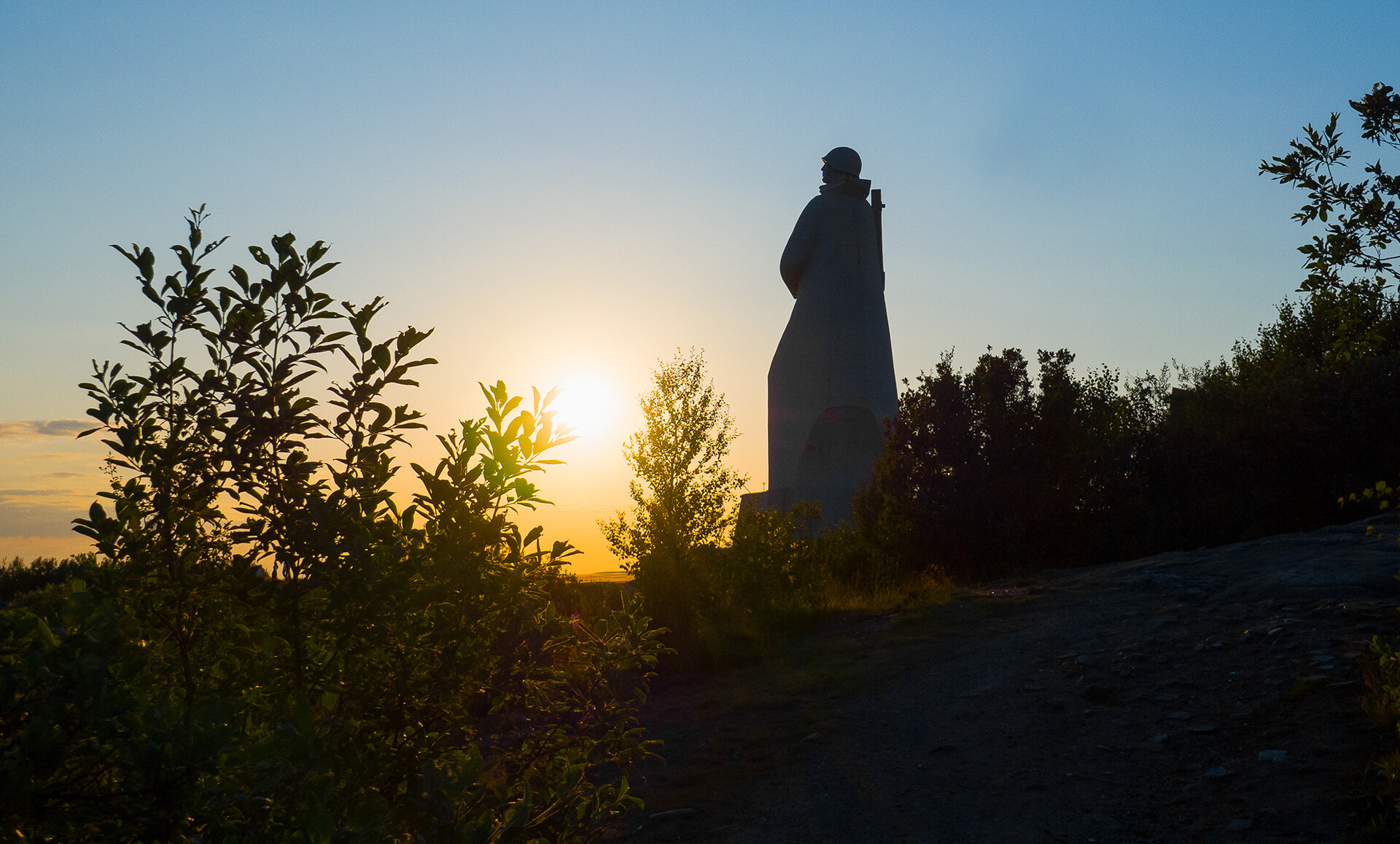 The end of the Polar Day in Murmansk.
The end of the Polar Day in Murmansk.
Have you had any experience of living through a Polar Day?


